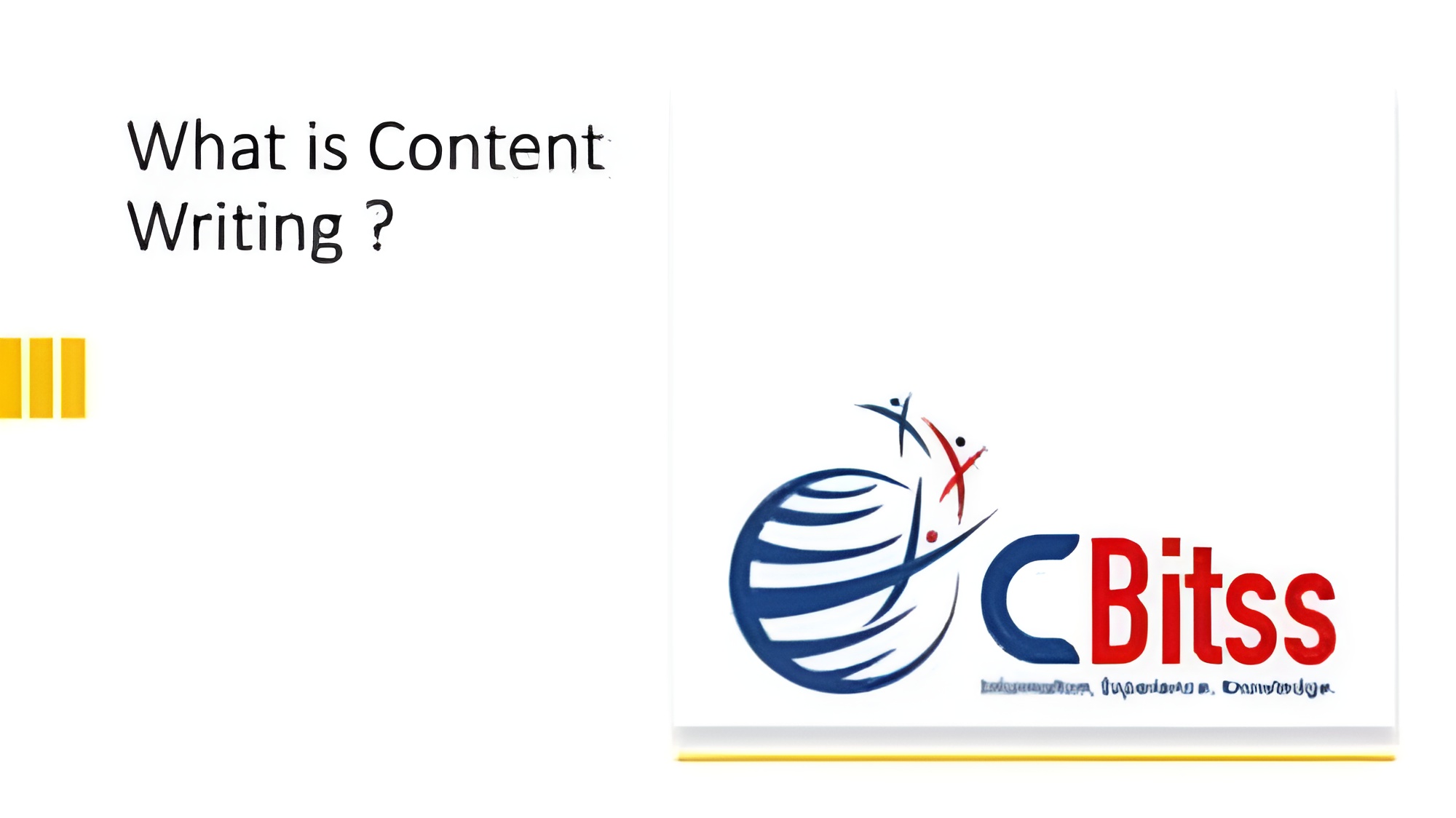Content Writing course in chandigarh
SEO Friendly Content Without Compromising Quality
What is SEO friendly content?
SEO-friendly content is designed to rank well on search engines by incorporating keywords, metadata, and other optimization techniques. It aims to meet the algorithms’ criteria, making it easier for search engines to understand and rank the content. However, it should also provide value to the readers, ensuring it meets their needs and expectations. For instance, if you’re taking a Content Writing course in Chandigarh, you’ll learn how to balance SEO requirements with engaging, high-quality writing that appeals to your target audience.
How does highquality content impact SEO?
Highquality content is informative, engaging, and useful to the reader. Search engines like Google prioritize content that offers value. When your content is highquality, it naturally attracts more visitors, reduces bounce rates, and encourages longer onpage times. These factors signal to search engines that your content is valuable, improving your rankings.
What are the essential elements of SEOfriendly content?
To create SEOfriendly content, focus on the following elements:
Keywords: Use relevant keywords naturally within the content.
Meta Descriptions: Write compelling meta descriptions that include keywords.
Headings: Use H1, H2, H3 tags to organize content and include keywords.
Links: Incorporate internal and external links to enhance credibility and SEO.
Alt Text: Use descriptive alt text for images with keywords.
Mobile Optimization: Ensure your content is mobilefriendly.
How can keyword research enhance your content?
Keyword research helps you understand what your audience is searching for. By identifying hightraffic keywords related to your topic, you can tailor your content to match these search queries. Use tools like Google Keyword Planner, Ahrefs, or SEMrush to find relevant keywords. Integrate these keywords naturally into your content, titles, and headings to improve your chances of ranking higher in search results.
What role do headings and subheadings play in SEO?
Headings and subheadings structure your content, making it easier for readers to navigate. They also help search engines understand the hierarchy and main topics of your content. Use primary keywords in your headings (H1) and secondary keywords in subheadings (H2, H3). This practice enhances readability and SEO by clearly defining the content’s structure and main points.
How can you optimize images for SEO?
Images enhance user experience and engagement but need to be optimized for SEO. Here’s how:
Alt Text: Use descriptive alt text with keywords to help search engines understand the image content.
File Names: Name your image files descriptively with keywords before uploading.
File Size: Compress images to reduce load times without compromising quality.
Captions: Include captions to provide context, which can also contain keywords.
What is the importance of internal and external links?
Internal links connect different pages on your website, helping users and search engines navigate your site. They distribute page authority and can improve the ranking of other pages. External links to highquality, authoritative sites add credibility to your content and can improve SEO. Both types of links are essential for a robust SEO strategy.
How can you maintain readability while optimizing for SEO?
Balancing readability and SEO is crucial. Here are some tips:
Write Naturally: Use keywords naturally within the content without forcing them.
Short Paragraphs: Keep paragraphs short and focused for better readability.
Active Voice: Use active voice to make your content more engaging.
Bullet Points and Lists: Use bullet points and lists to break up text and highlight key points.
Readable Fonts: Choose fonts and sizes that are easy to read on all devices.
What are the best practices for updating and repurposing content?
Regularly updating and repurposing content keeps it relevant and can boost SEO. Here’s how to do it effectively:
Update Statistics and Facts: Ensure all information is current and accurate.
Refresh Keywords: Update keywords to match current search trends.
Improve Readability: Edit for clarity, readability, and SEO improvements.
Repurpose Content: Turn blogs into videos, infographics, or social media posts to reach a wider audience.
Conclusion
Creating SEO-friendly content without compromising on quality requires a thoughtful approach. By understanding and implementing these best practices, you can enhance your content’s visibility on search engines while delivering value to your readers. This balance not only improves your search rankings but also builds a loyal audience that trusts and engages with your content. For those looking to master this skill, enrolling in Content Writing training in Chandigarh can provide you with the necessary techniques and insights to create compelling, optimized content.




